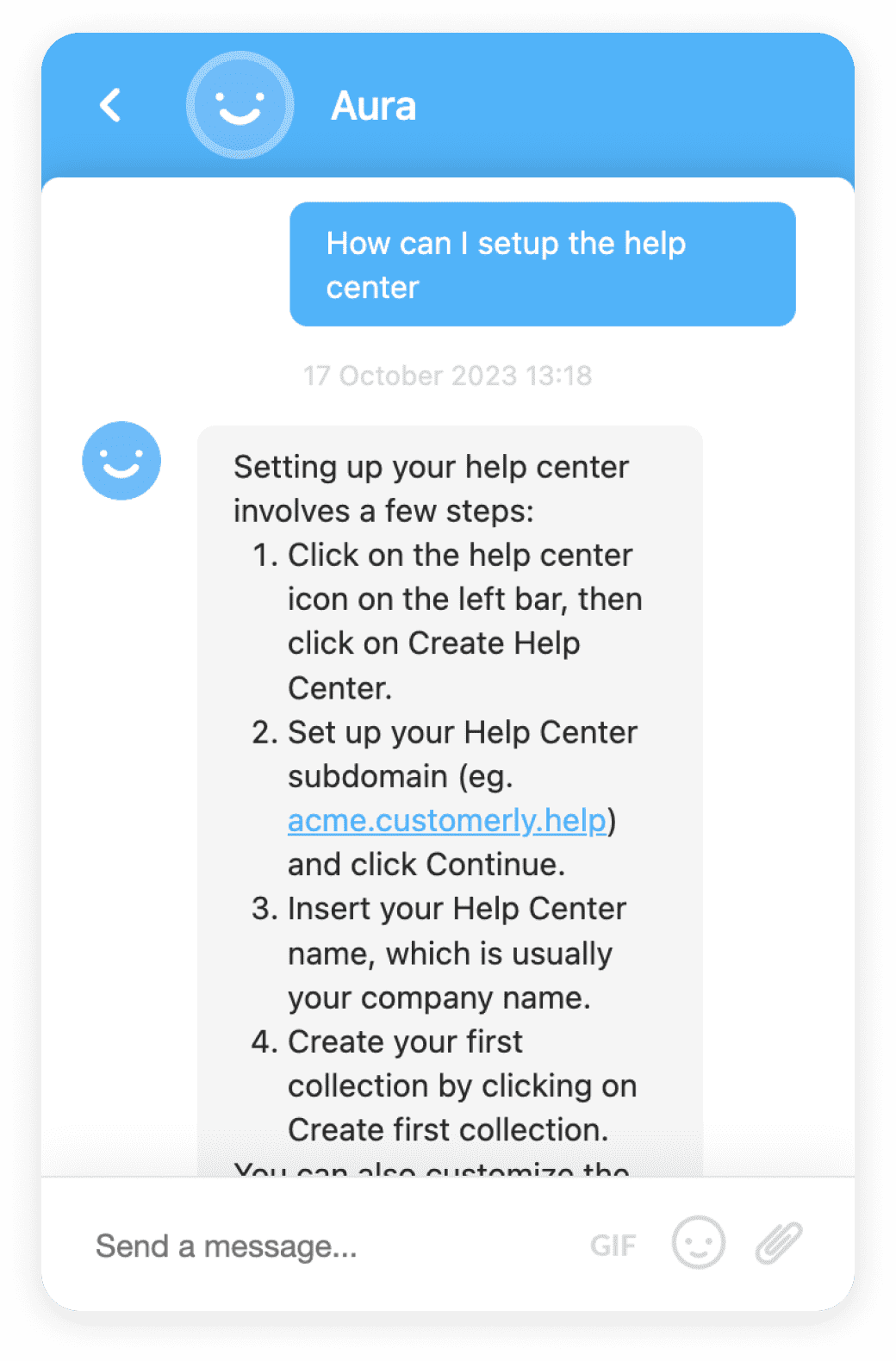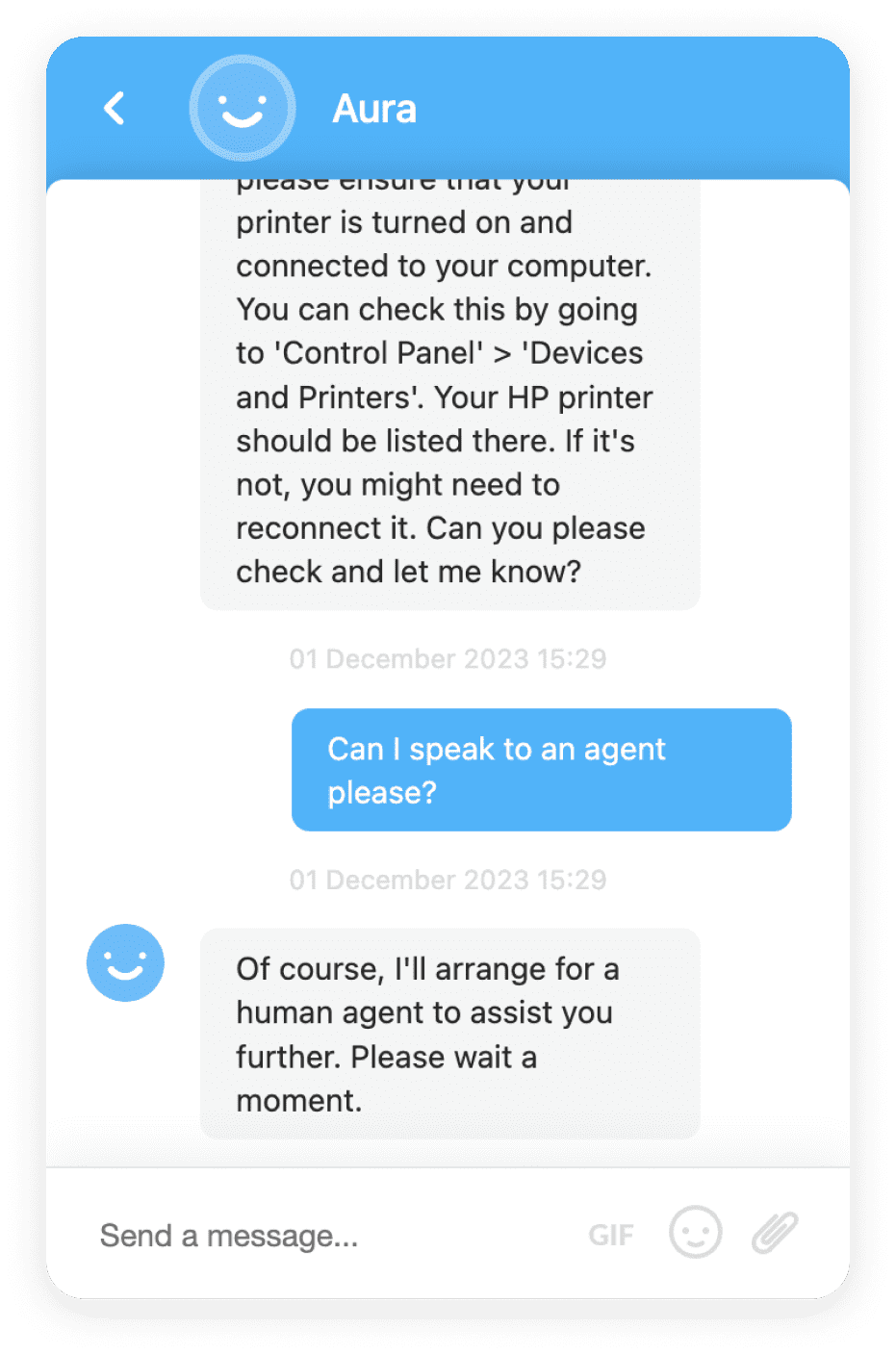Experience Design
Experience Design (XD) is a design practice aimed at enhancing user satisfaction by improving usability, accessibility, and enjoyment in the interaction with a product.
Definition
Experience Design (XD) is a design practice focused on the quality of user experiences in any interaction context. It involves creating products, processes, services, events, or environments with a focus on the quality of user experience. The goal is to meet the user's needs and expectations, providing a seamless and satisfying interaction.
Usage and Context
Experience Design is widely used across multiple industries, from digital products like websites and apps to physical spaces like retail stores and events. It's a holistic approach that considers all aspects of the user's interaction, including their emotional response, ease of use, and the value they gain. It's not just about making things look good but also about making them work well.
FAQ
What is the goal of Experience Design?
The main goal of Experience Design is to create satisfying user experiences. This means designing products or services that are easy to use, meet the user's needs and expectations, and provide value.
Who uses Experience Design?
Experience Design is used by a wide range of professionals, including UX designers, product managers, marketers, and more. Any professional who is involved in creating user experiences can benefit from understanding and applying Experience Design principles.
Related Software
There are many tools and software available for Experience Design, including Adobe XD, Sketch, InVision, and Figma. These tools allow designers to create interactive prototypes, test user interactions, and collaborate with others.
Benefits
Experience Design can provide numerous benefits, including increased user satisfaction, improved usability, increased loyalty, and potentially higher revenue. By focusing on the user's needs and expectations, businesses can create better products and services that keep users coming back.
Conclusion
In conclusion, Experience Design is a crucial aspect of creating user-centered products and services. It's not just about aesthetics but also about functionality and usability. By focusing on the user's experience, businesses can create products and services that truly meet their needs and expectations.
Related Terms
AI Interaction Designer
AI Interaction Designer is a professional who combines AI, ML, and UX design to create user-friendly interfaces for AI systems.UI/UX (User Interface/User Experience)
Discover the meaning of UI/UX, its usage and context, related software, benefits, and more. Understand why good UI/UX design is crucial for digital products.UX (User Experience)
User Experience (UX) refers to the overall experience a user has when interacting with a website, application or product, especially in terms of how easy or pleasing it is to use.User Experience (UX)
User Experience (UX) refers to the overall experience a user has while interacting with a product, system, or service. It aims to fulfill user needs effectively.User Experience Feedback
User Experience Feedback is the insights obtained from users about their experiences with a product or service. It's crucial for improving usability and user satisfaction.User Experience Optimization
User Experience Optimization (UXO) is the process of improving the interaction between users and a product, service, or website.











